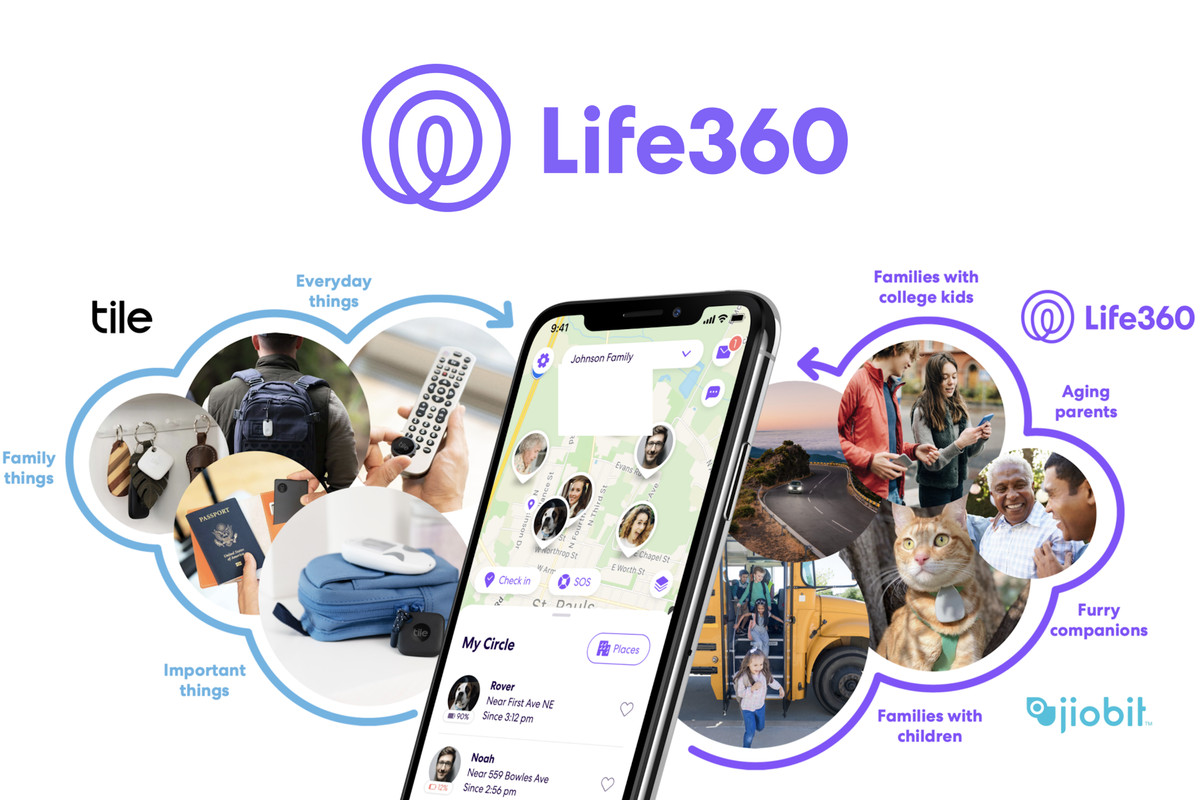The Redmi Note 3 Pro EDL Mode is also known as Emergency Download Mode, and you will need to follow these steps to boot into it.
If you ever want to tinker with the firmware of the Redmi Note 3 Pro, then you will likely be asked to boot into what is called EDL Mode. This stands for Emergency Download Mode, and it’s a way to gain a higher level of access to the software on your smartphone. This is commonly used when flashing a new firmware (like a Fastboot ROM) with software such as Mi Flash Tool.
This Redmi Note 3 Pro EDL Mode is also used to unofficially unlock the bootloader of the device.
Since that is what I’m going to write about in a future tutorial, I will need to reference back to this tutorial from time to time. This is just one of those basic tasks that you should at least be aware of if you own the Redmi Note 3 Pro, or any other Xiaomi device, really. This mode can also be useful with other Android devices, but I see it most commonly used with Xiaomi devices.
Redmi Note 3 Pro EDL Mode
- Download and install the Mi PC Suite
- Reboot the PC once installation is completed
- Enable Developer Mode on the Redmi Note 3 Pro (but tap the MIUI version section instead of the build number)
- Enable USB Debugging Mode on the Redmi Note 3 Pro
- Install the Minimal ADB & Fastboot Tools
- Double click the ADB/Fastboot shortcut it creates
- Then type the following command into the command prompt. . .
- adb devices
- . . .and press Enter on the keyboard
- Connect the Redmi Note 3 Pro to the PC with a micro USB cable
- Tap the ‘Always’ allow from this computer option
- Then tap to confirm you want to enable USB Debugging access from the PC
- Type the following command into the command prompt. . .
- adb reboot edl
- . . .then press Enter on the keyboard
- The Redmi Note 3 Pro should reboot with a flashing red notification light if done successfully
Explanation
Most of this tutorial is just prep work, as there are only two command that are needed to be done in order to boot the Redmi Note 3 Pro into EDL Mode. You should have the Mi PC Suite installed and you should reboot the PC after installation so the drivers are setup properly. While the PC is rebooting, you can start to enable Developer Mode and USB Debugging Mode on the Redmi Note 3 Pro.
If you’re unclear with how to do this, simply follow the linked guides in the tutorial above. The two differences here is that instead of tapping on the Build Number option for enabling Developer Mode, you’ll need to tap on the MIUI Version option. You will also need to look for the Developer Options menu in the Additional Settings section, instead of the first page of the Settings menu.
Once that is done, install the ADB & Fastboot tools to the PC (if you don’t have them already installed) and then launch the shortcut that it creates. From here, execute the ADB Devices command so that the ADB service has been started. You can then connect the Redmi Note 3 Pro to the PC with a micro USB cable. If everything has been done properly, you should get a USB Debugging request on the smartphone (unless you’ve already done this previously).
Tap on the Always allow option and then tap the OK button at the bottom right of the screen. Now you can turn your attention back to the command prompt and execute the adb reboot edl command. Once you press enter, you should see the screen go completely black. The only visual indicator you will have to tell you that you’re in the Redmi Note 3 Pro EDL Mode is a flashing red notification light.
This light will stop flashing if you unplug the USB cable from the device, but it will start to flash again right when you plug it back in.




hey pal, here is 100% working method how to boot into download mode https://youtu.be/ReT0uNQtYvQ